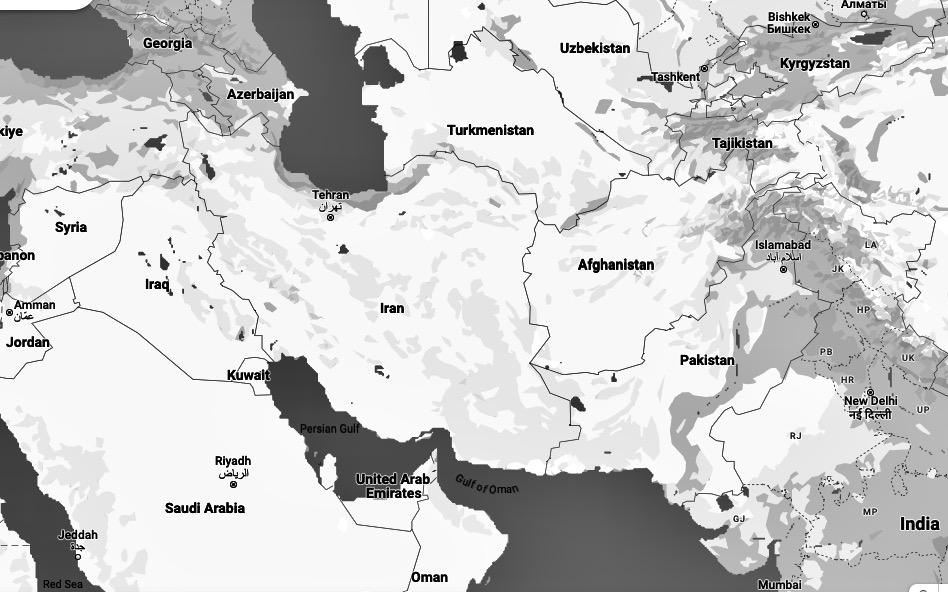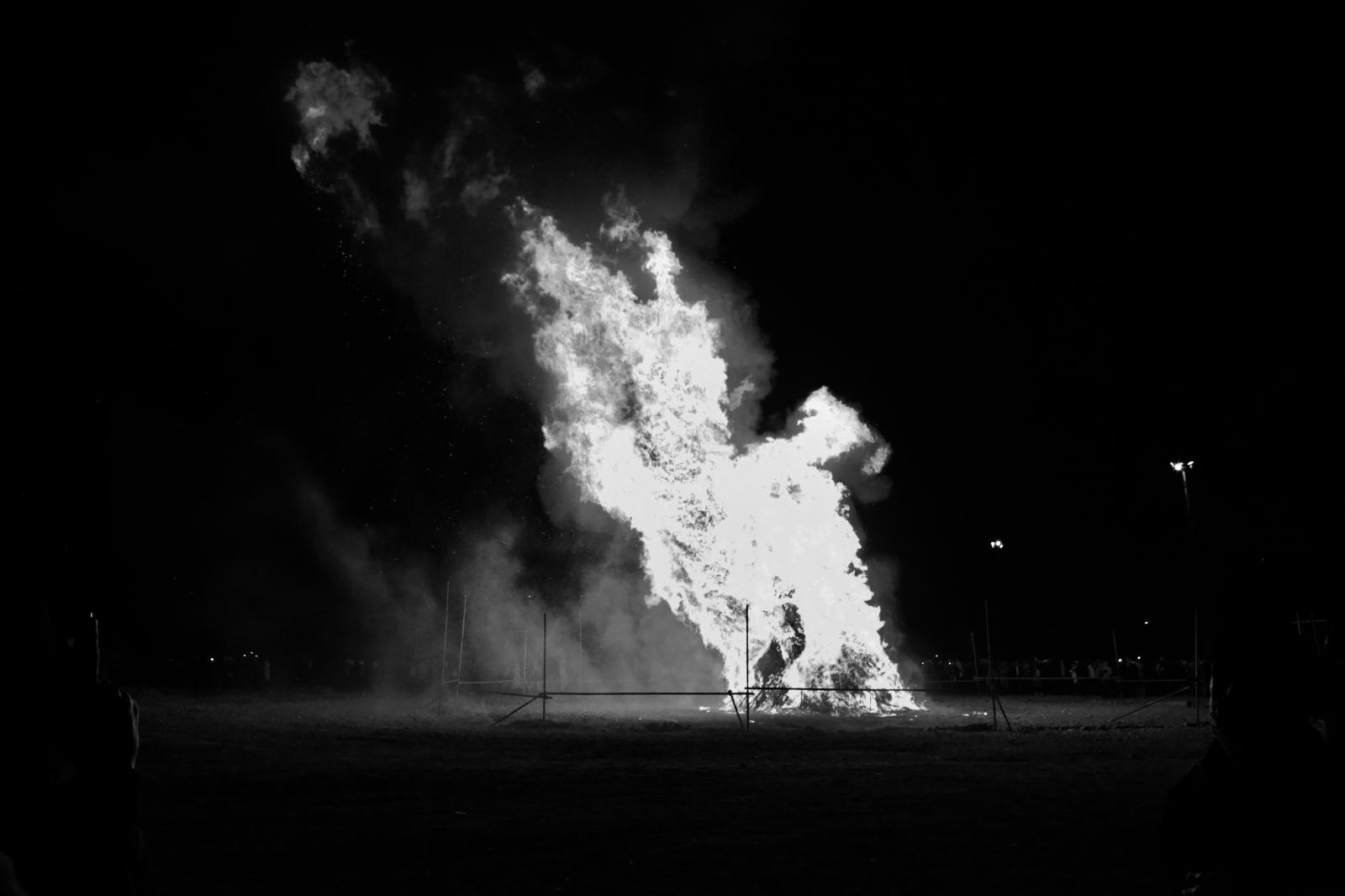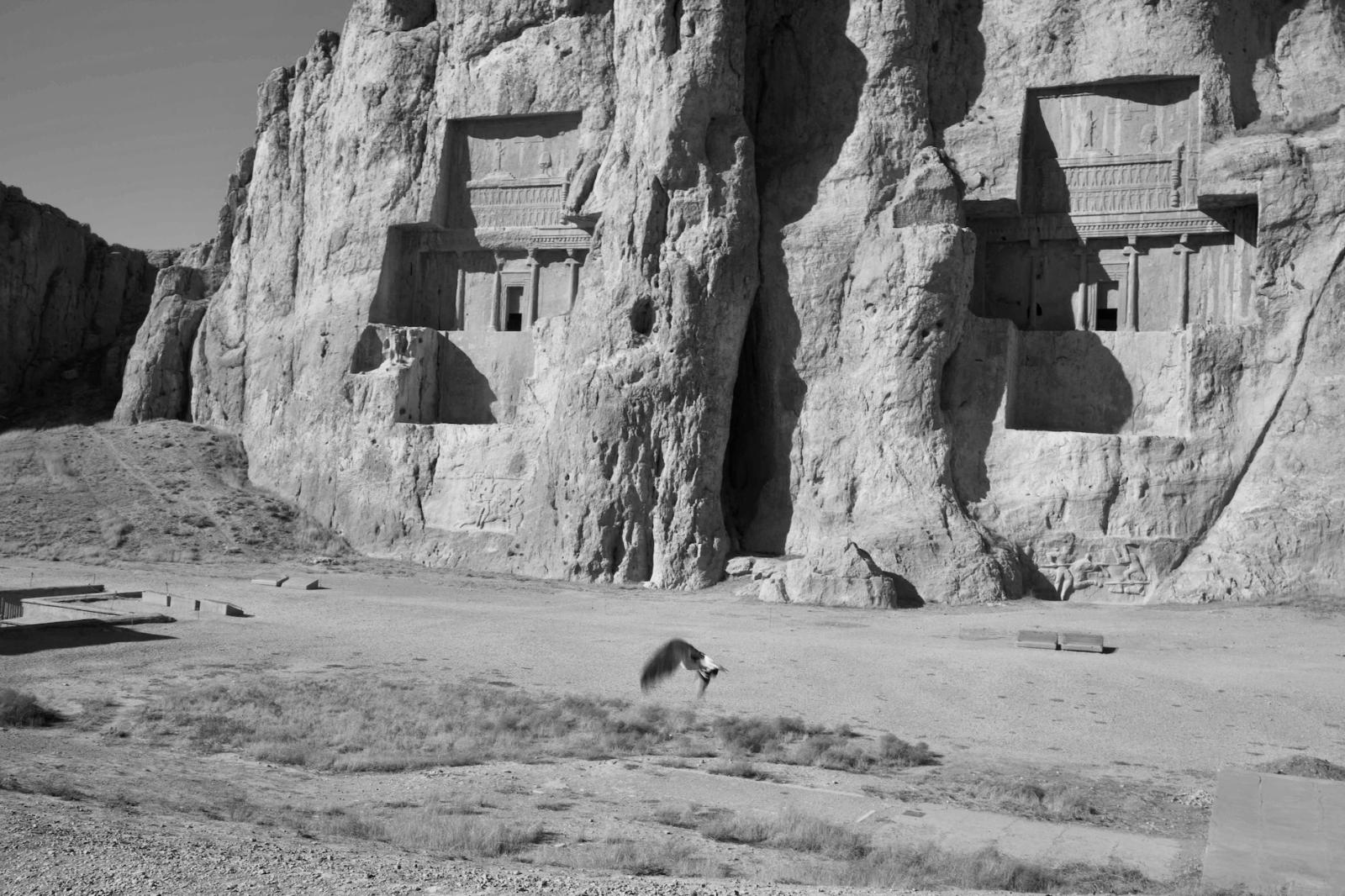"The principle of development begins with the history of Persia; this constitutes, therefore, the beginning of history" (Hegel, 1857, p. 147).
Iran (also called Persia) is an ancient land with no independence day, as it has existed for thousands of years throughout history as a country with political borders. The Zoroastrian Iran gradually turned Islamic after the collapse of the Sassanian Empire to the Arab Muslims in the 7th A.D. However, despite the change of religion, Iranians held on to their cultural elements rooted in Zoroastrianism. The Persian language, Persian literature, Persian calendar, Persian art and architecture, and Persian Sufism are some of the famous Iranian heritage that has kept its deep-rooted Zoroastrian essence.
However, the seizure of power by the Islamists in 1979 led to the collapse of a 2500-year-old monarchy and brought Iran into a new scene. The Islamic law's imposition on the nation led to national celebrations as a form of protest against the Islamic government. This is while more and more Iranians lose their interest and belief in Islam, seek their Iranian identity, and shout the slogan "The Iranian Republic" instead of the "Islamic Republic" in their protests. This transformation has created more sensitivity towards Iranian identity for the Islamists and made a visible Islam-Iran dichotomy.
Iraniyat, meaning “Being Iranian” in Persian, is a project that visually explores the resilience and transformation of Iranian identity throughout history. Through photography, I capture how cultural heritage, memory, and resistance continue to shape Iran’s identity despite political and religious shifts. My work documents how Iranians maintain and redefine their sense of self through traditions, language, and historical symbols, revealing identity as an ongoing negotiation between past and present.
At the heart of this project is the idea that identity is not a fixed construct but a dynamic process shaped by both external influences and internal acts of preservation. The images I create focus on cultural continuity—how Iranians have kept elements of their ancient past alive despite 1,400 years of Islamic dominance. Persian traditions such as Nowruz (New Year), the Persian calendar, and the Persian language have endured, often blending with Islamic influences rather than being erased by them. My work highlights how Iran not only preserved its identity but also played a defining role in shaping Islamic civilization through art, architecture, literature, and science. Persian scholars like Avicenna and poets like Ferdowsi and Rumi were central to the intellectual and artistic development of the Islamic world, demonstrating how Iranian culture has both survived and contributed to global heritage.
Through my lens, I seek to visualize this intersection of history and contemporary identity, capturing moments where cultural heritage is actively lived rather than merely remembered. My photographs document spaces and rituals that embody resistance—festivals that predate Islam, symbols of pre-Islamic history, and individuals who continue to assert their Iranian identity in modern Iran. By focusing on these acts of remembrance and cultural assertion, Iraniyat challenges dominant narratives that seek to define Iran solely through its Islamic identity. Instead, my work reveals a more complex and layered story—one where identity is reclaimed, reshaped, and continuously negotiated.
In my own work, I address the reclaiming of both individual and cultural identity, particularly in the context of contemporary Iran. My photography navigates the interplay between cultural heritage, political hegemony, and acts of resistance. Through visual storytelling, I explore how Iranians actively reclaim their pre-Islamic identity, resisting the pressures imposed by the Islamic government.
Central to my work is the defiance against the imposition of a singular identity. By capturing cultural symbols—such as the Sadeh fire festival, Zoroastrian rituals, and the reliefs of Persian soldiers in Persepolis—I document a collective longing to reconnect with Iran’s pre-Islamic past. These images are more than aesthetic compositions; they embody acts of defiance, where identity is reclaimed and actively reshaped in opposition to hegemonic forces.
This theme of resistance resonates with the ideas of 19th-century Iranian reformists like Mirza Fath Ali Akhundzadeh and Mirza Reza Kermani, who advocated for a return to pre-Islamic values as a foundation for progress. Much like these thinkers, my work critiques the enforced historical amnesia imposed by the Islamic regime. However, I do not see cultural memory as mere nostalgia—it is a tool of transformation, challenging the imposed narratives that seek to erase Iran’s diverse history.
I incorporate historical and cultural artifacts as visual metaphors —ancient relics, festivals, and rituals—to evoke a sense of collective resistance and historical reclamation. They serve as reminders of an enduring Iranian identity that continues to defy attempts at erasure.
Through my work, I challenge the cultural hegemony imposed by the Islamic government, which seeks to suppress pre-Islamic Iranian identity. My photographs capture moments of cultural defiance—individuals celebrating banned rituals, preserving ancient symbols, and rejecting imposed narratives.
Despite our differing approaches, all three of us engage with the broader question of how identity is shaped and contested under external forces—whether political, religious, or commercial. My work, however, emphasizes the past as a source of strength and unity, reconnecting with Iran’s pre-Islamic traditions as a means of cultural survival and resistance.
In this work, I turn my lens toward the past, arguing that cultural memory is not simply about looking back but about reshaping the present. By reclaiming Iran’s suppressed heritage, I seek to capture how identity is preserved and actively redefined through resistance.
I highlight the dynamic interplay of resistance, conformity, and representation in the construction of identity. My work rooted in cultural memory, challenges viewers to reflect on the external and internal forces shaping how identity is perceived and lived. By engaging with these themes, I aim to foster a deeper understanding of individuality and societal norms, questioning how identity is constructed, contested, and reshaped over time.
Finally, the edit of the work is inspired by the famous verses of the Persian poet Rumi, who says:
هر کسی کو دور ماند از اصل خویش
باز جوید روزگار وصل خویش
Whoever is left far away from his roots and origin,
Would one day seek the time of that unity
























